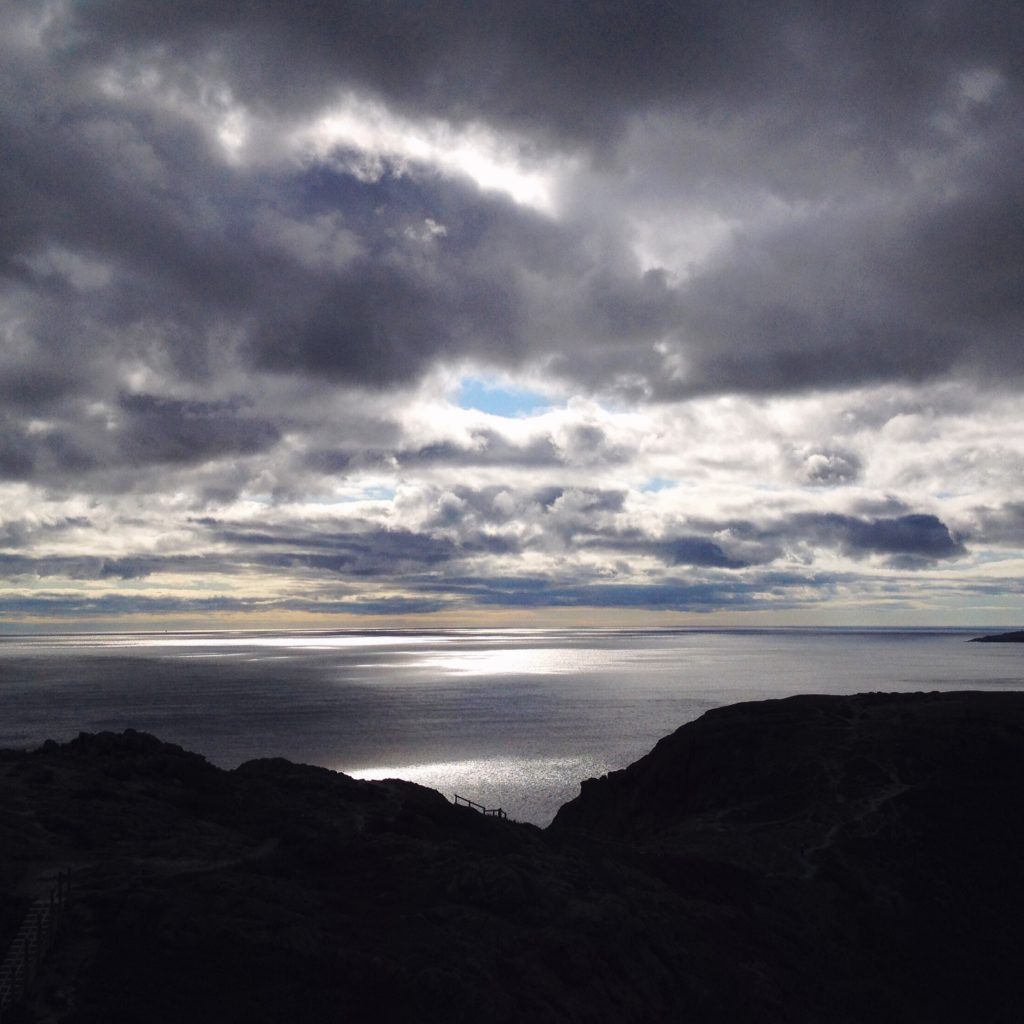“Walking Even Where No Flowers Grow”
May 2017
LIKE MOOSE, automobiles are an invasive species introduced to the island of Newfoundland in the early 1900s. This is especially evident in downtown St. John’s, which is designed for the rhythm of boots and horseshoes, not the roar of cars and motorcycles. “In old St. John’s, streets start from the water’s edge and negotiate north and west slopes at pedestrian and horse-cart angles,” writes Joe Carter. “Houses join together in small groups… their balloon-frame structure allows doorsteps to undulate, finely-tuned to small changes of slope.”
Anyone who has survived a winter living downtown without a car can appreciate being “finely-tuned to small changes of slope.” Even in relatively flat Georgestown, there have been weeks at a time when I’ve wished I could call in a stunt double to cover my walk to the grocery store. The sidewalks in St. John’s freeze and melt more than a toaster in a freezer, and it doesn’t help that the city’s attitude toward winter pedestrians is probably best described as contemptuous. Fortunately, we’ve made it to May, and the season for complaining about snowclearing is over.
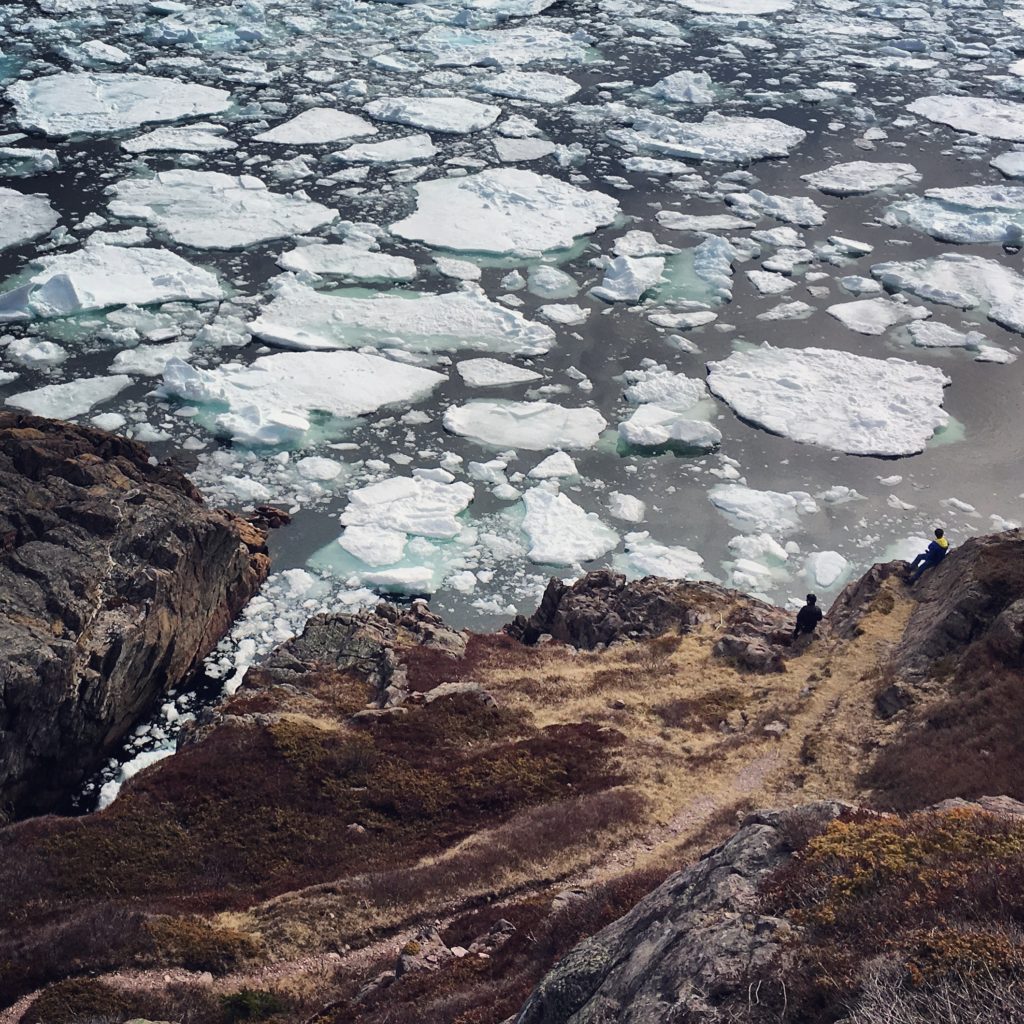
For the warmer half of the year, at least, downtown St. John’s is supremely walkable. My favourite thing about living downtown is that I can leave my house and fifteen minutes later find myself gazing out over the Atlantic from the rugged paths of the North Head Trail. Looking back as I walk, I can watch the hillside fold over the harbour like the cover of a book, and it suddenly feels as if I’ve left the city entirely. Even my walk home is enjoyable, passing through the close-knit neighbourhoods of the Battery, Gower Street, and Georgestown.
There have been weeks at a time when I’ve wished I could call in a stunt double to cover my walk to the grocery store.
More intrepid downtown walkers can boomerang around the harbour for some swimming or berrypicking in the hills above Fort Amherst, strike out for Pippy Park in search of chanterelles, or easily reach the boundlessness of the East Coast Trail, all without having to think for a second about the price of gas or the scarcity of parking.
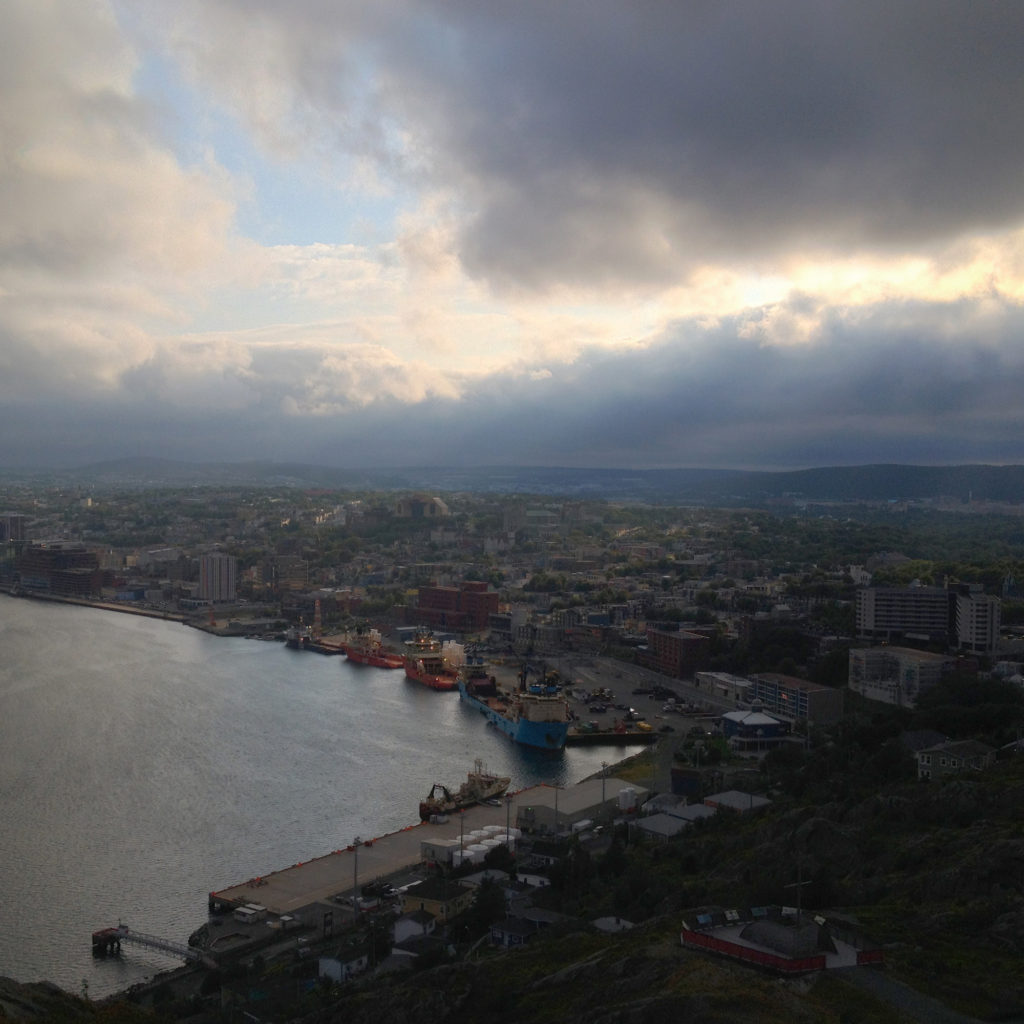
I’ve never owned a car. Placing one foot after the other matches the pace of my brain. As a writer and artist, I think of walking as an essential part of my creative process, a means of finding things and making connections. I love how W.G. Sebald puts it:
“As you walk along, you find things. I think that’s the advantage of walking. It’s just one of the reasons why I do that a lot. You find things by the wayside or you buy a brochure written by a local historian, which is in a tiny little museum somewhere… it’s a form of unsystematic searching. And the more I got on, the more I felt that, really, one can find something only in that way, the same way in which, say, a dog runs through a field.”
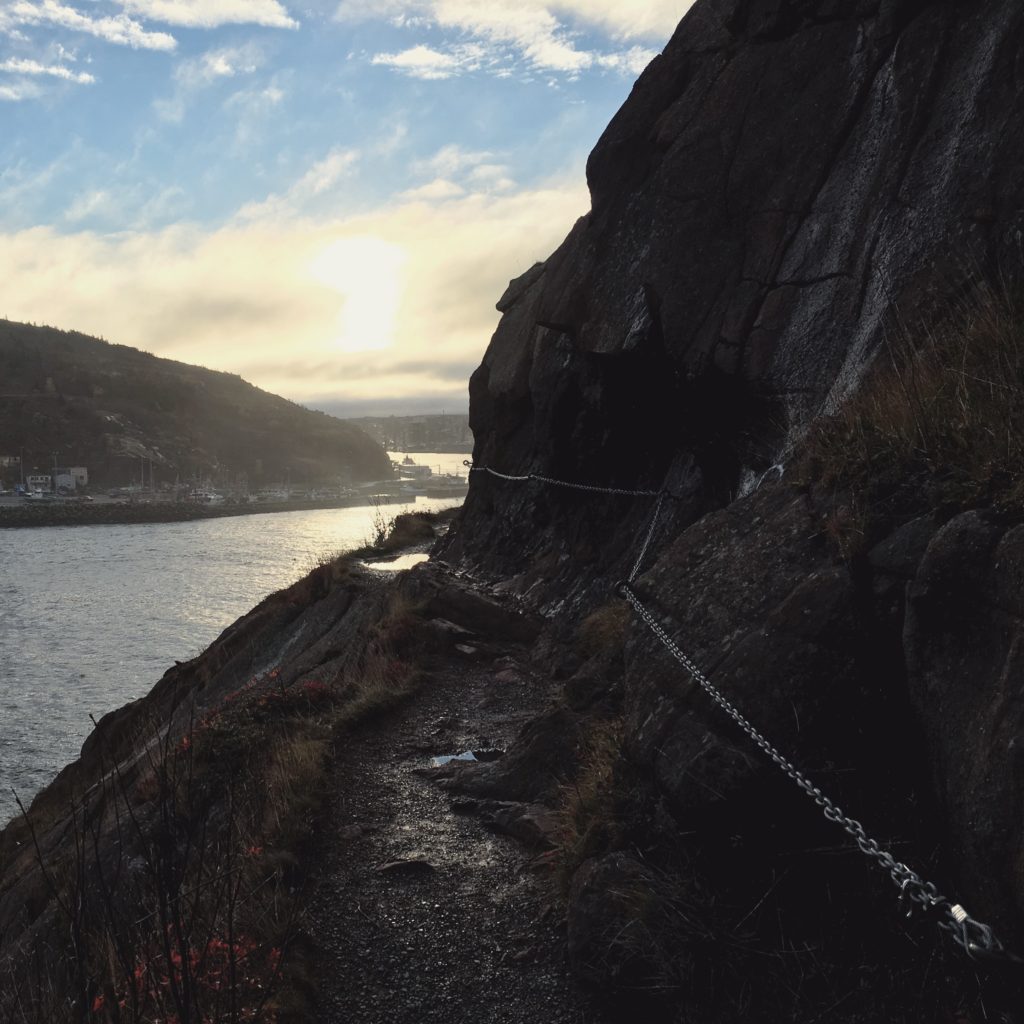
Walking, much more than motorized travelling, is so conducive to thinking about place. With that in mind, follow me on a rambling tour through a few Newfoundland Quarterly articles that encourage walking and slowing down.
Writing about motorists in St. John’s in a 1953, here’s the anonymous “Wanderer” with an article titled “The Lure of Far Horizons”:
“Passing along one of our main streets a few days ago I saw a group of men crowded around an automobile. There was nothing about the car to make it distinctive from any of the others parked along that street, but apparently the fact that it had travelled several thousand miles from home made it interesting, and the men had stopped to look at it as if it could conjure up for them the orange groves or the vinyards of some far distant clime.
“The thought that struck me was that these men, most of whom probably owned a car, and had been driving up and down the countryside, could feel the lure of far horizons and the enchantment that distance lends to anything, and they had probably missed the beauty that was all about them in their own land — the beauty of the lilacs in bloom, of the wayside flowers, of the hills and streams of their own locality…”
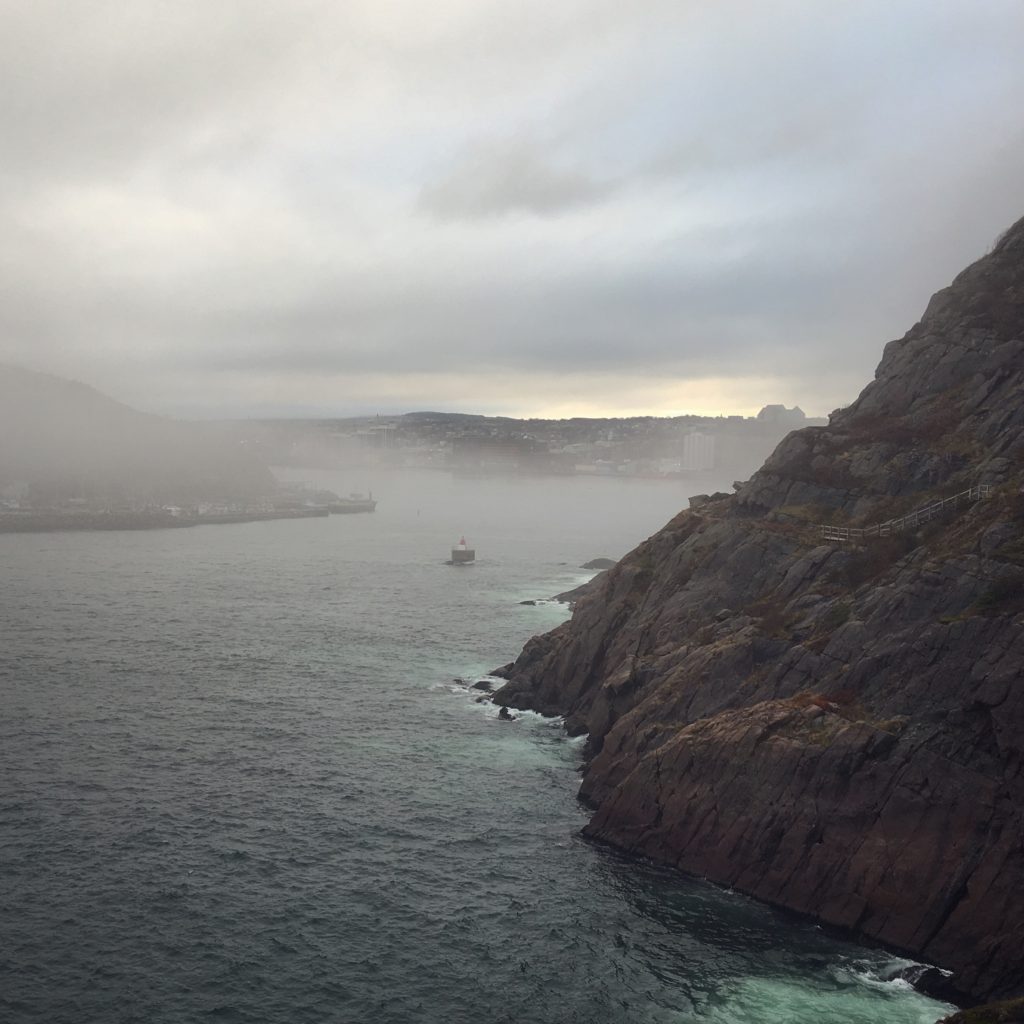
Suzanne Sexty traces the evolution of a busy intersection on Water Street West in her article “The Cross Roads: The Biography of a Traffic Island,” published in Newfoundland Quarterly in 2013. She imagines its beginnings in two men scavenging for firewood:
“Water Street probably ended in a fork before 1813. One can easily imagine two men walking west from their homes in Riverhead in search of firewood. At the point we now know as the Cross Roads, they parted company, one heading up the hill, because he thought the trees there were taller, and the other choosing to walk closer to the river, because he found it an easier grade and the path more heavily trodden.”
If we all walked a little more, how would the city change?
Like “Wanderer,” the author of “The Fallacy of Speed” (it’s attributed to “The Bishop of Newfoundland”) muses about the many small wonders we’re missing out on by always travelling as fast as we can. From Newfoundland Quarterly in 1947:
“How much has been missed on the way, can hardly be calculated. I find myself returning in thought to a long and rather painful walk from St. Barbe to Flower’s Cove when fog prevented the speeding motor-boat from helping us more quickly and comfortably. Yet as we came in sight of Flower’s Cove and thought hopefully of tea, there at my feet was the heavenly blue trumpet of a lone genetian verna that I had last seen on Alpine slopes in Italy. Instantly the tiredness left me and I was triumphing in thought before my mother who received the pressed bloom later. Dividends to all our party and a dozen folk at home, and all was due to the slowness of our travel; speed would have lost all but tea. There is much to be said for walking even where no flowers grow: the streets of St. John’s hold possibilities for any walker, which are denied to the car-driver.”
“This haste in travel surely reaches its ultimate inanity when ‘planes cut down the ocean to six hours,” continues the Bishop. Zipping across a continent by plane, he says, “is to forget one’s manners and to lose that gradual breaking of the new, that is the very essence of travel.”
This moralizing about air travel is so contrary to attitudes today, when it’s moving slowly that is more likely to be seen as overindulgent, even wasteful. “In a production-oriented society,” writes Rebecca Solnit in Wanderlust: A History of Walking, “doing nothing is hard to do. It’s best done by disguising it as doing something, and the something closest to doing nothing is walking.”
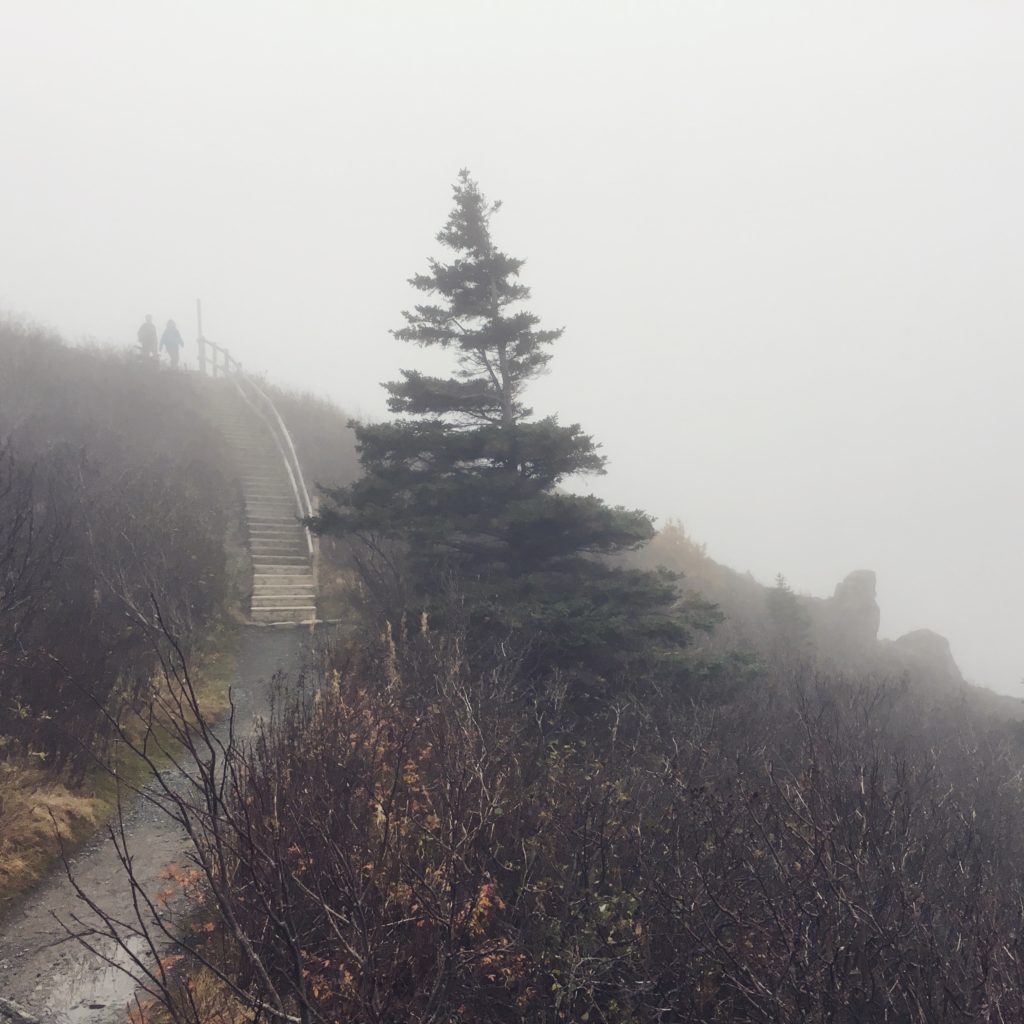
When I walk in St. John’s instead of driving, I notice things like crocuses emerging from the last dregs of snow, or the way a cap of fog sometimes forms over Fort Amherst. I’m more likely to see a poster for something happening in my neighbourhood, patronize local small businesses, or to have a spontaneous conversation with someone I haven’t run into all winter. Walking strengthens my sense of community and home.
Of course, walking downtown also makes it harder to overlook the garbage strewn around our sidewalks, the number of empty storefronts on Water Street, or the folks who huddle in the same doorways hoping for change. Walking, much more than driving, makes me more engaged and connected to the place where I live, more invested in making it better for everyone.
To walk in the city is to embrace slowness and vulnerability, to immerse yourself in the complexity of the place where you live. In a culture that prizes speed and instant gratification, walking feels more and more like a form of resistance, a radical act. If we all walked a little more, how would the city change?
